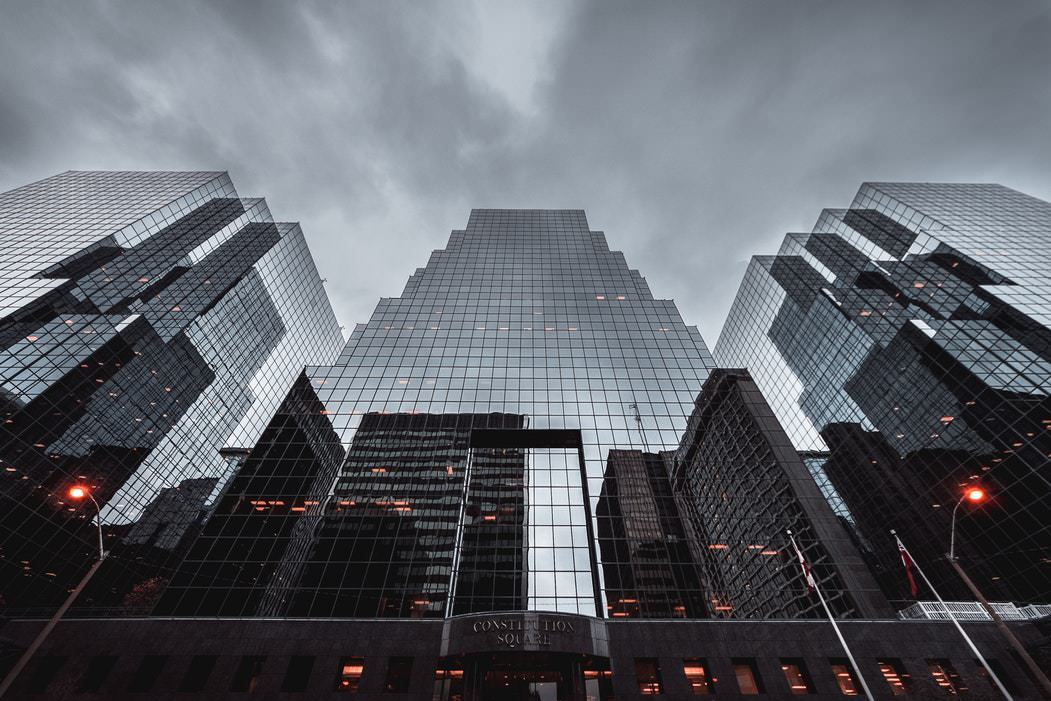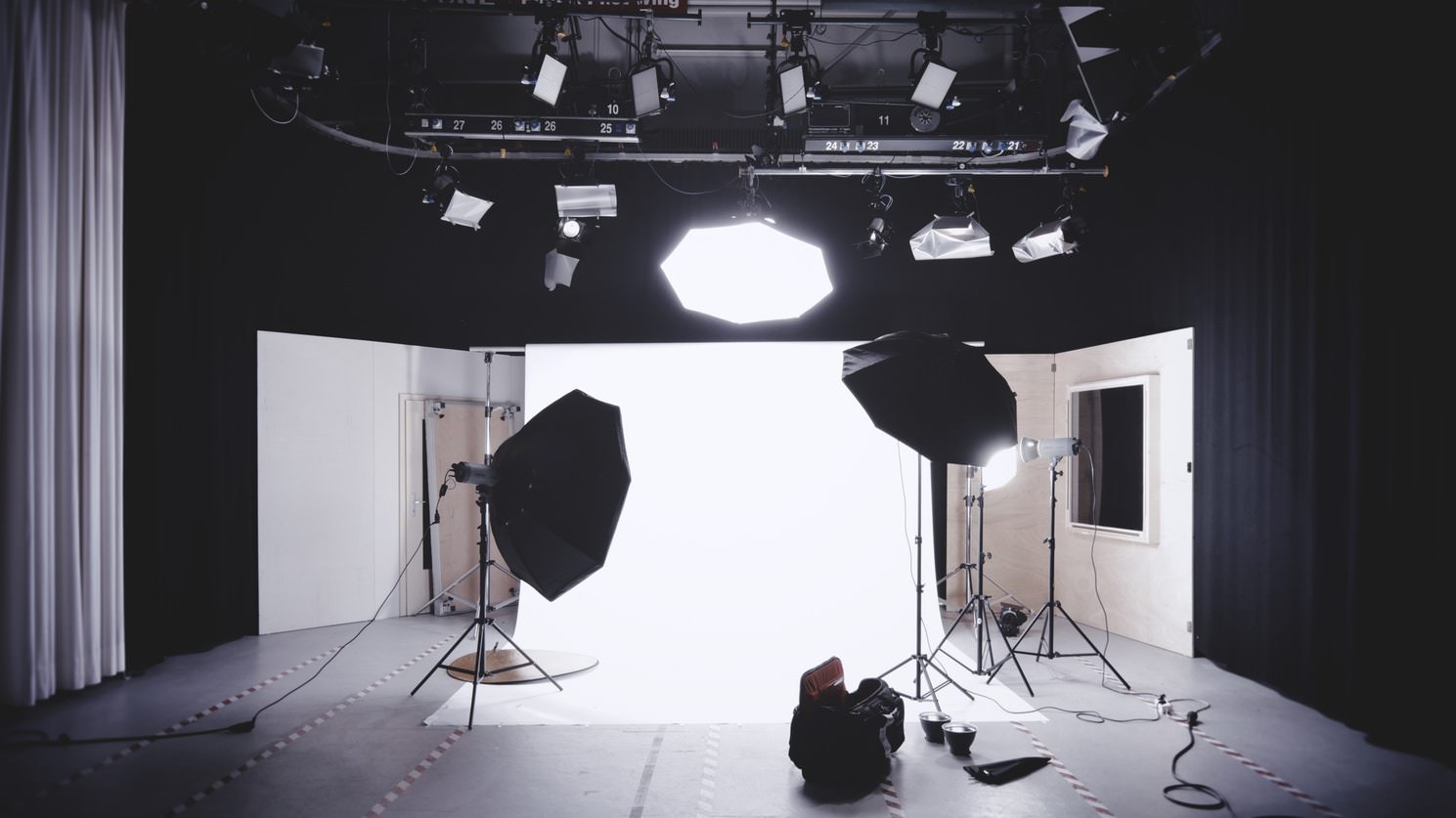Commercial photography is a lucrative and creative field that comprises of a plethora of different industries. Whether working in fashion or food, lifestyle or portrait, commercial photographers must master the art of producing pictures that people want to buy.
While many report the commercial industry to be a daunting and difficult one to initially crack, the established photographers working in it describe it as a rewarding sector. But, how exactly is the best way of getting started and what are the different types of commercial photography?
Take a look through our comprehensive, but not exhaustive, list of genres to begin your quest to become a commercial photographer.
Portrait
Whether it’s the perfect wedding shot or a headshot that captures the character of a professional, the art of the portrait is a powerful one. Staff portraits personalise and de-mystify a brand. Portraits of school children create memories for parents to treasure. Big names such as Annie Leibowitz, Richard Avedon and David Bailey have been commissioned to photograph the world’s stars. In turn, they’ve produced some of the most iconic portraits that have come to symbolise eras and movements.

Fashion
Fashion photography is, perhaps, the most well-known niche in commercial photography. From high fashion magazines to traditional catalogues and billboards, commercial photographers work hard to sell a vision. Think fashion models, glamorous studios and beautiful sets. Fashion stills work as a window into a world so often understood as fantasy beyond the quotidian.

Lifestyle
In the same way that fashion sells a vision, lifestyle photography is a tool which, when used well, can supercharge a business. Leading brands rely on lifestyle photographers to shoot lucrative advertising campaigns. It’s about striking a balance between a fly-on the wall documentary and a well-staged photoshoot. It’s about capturing every day life. We’ve written a list of dos and don’ts for anyone embarking on a career as a lifestyle photographer.
Architectural or interior
Capturing a building in a still photograph is no mean feat, and often requires knowledge of and experience with specialist techniques and cameras. Commercial photographers who shoot architecture and interiors seek life in the static, breathing magic into bricks and mortar and translating the shapes of society into a creative picture. DSLR cameras have come into their own in architectural photography due to their detachable, tilt-shift lenses which have varying focal lengths.

Product
In an age of ever-growing consumerism, product photography is a vital tool for any modern business. Much like with fashion and lifestyle, a well-shot photograph can transform the trajectory of a product’s success. Perfectly lit compositions put the product at the heart of the vision. Read further about the importance of product photography in the ever developing world of ecommerce. Product photography is one area Spencer Cobby specialises in, so do get in touch if you’d like to know more about the service he offers.
Food
There’s so much more to food photography than sepia-toned snaps of avocado brunches on Instagram. Colourful, dynamic shots of cocktails and artisan bakes, sushi and steaks surround us. They filter through to our supermarket shelves and cook books and influencing what we buy and eat. It’s little wonder then that some of the biggest food retailers plough millions into marketing their products. You don’t really need much to get started in food and drink photography. We’ve listed some simple, inexpensive tactics to get your on your way when it comes to snapping food and drink in this blog post. You don’t need lots of complicated equipment to begin your culinary photography journey.

How do I get started as a commercial photographer?
Your unique selling point
Knowing what makes your photography style your own is a powerful thing. Having a unique selling point (USP) in your work will make you memorable and help you pack a punch in a competitive industry.
Find an opportunity to offer something that no-one else has thought of offering. It’s worth the effort to work this out. It will make you stand out from the crowd and distinguish you from those who might offer to do the same service for free. Check out this article for helpful tips on finding your USP as a photographer.
Get the right tools
Taking the time to familiarise yourself with your equipment is not to be underestimated. Knowing what works for you ultimately means you’ll produce more consistent photographs that appeal to employers. What’s more, being comfortable with the tools of the trade will help you to really hone your creative style. Professionals suggest investing in a tripod and a lightbox to compliment your camera of choice. You can read about Spencer Cobby’s camera of choice here.
Setting up a studio
Getting comfortable in a studio means you’re more likely to produce the best work, especially if you hope to work in ecommerce product photography or the competitive fashion industry. Owning your space and knowing what you can achieve in it will allow you to set up the most interesting and creative shots. Here’s a great guide on how to set up your own home photography studio. Do you want natural light or are you a flash photographer? Do you want a fixed location or mini portable studio? What photography gear will you need? Small spaces can work to your advantage – portrait and product photography particularly can take place almost anywhere.

Develop your portfolio
Once you’ve got your camera and your distinctive style sorted, it’s time to get to work on building your portfolio. The key to commercial success is to show breadth and depth in what you’re capable of therefore. Variation is essential. A strong portfolio is the best thing to have in your arsenal as a commercial photographer so, keeping it fresh and up to date should be a priority.
If you’re starting out in the world of portrait photography, photograph your friends’ children. You get some amazing photos for your website (with their permission, of course) and your friends get free photos of their kids to frame.
Practice your editing
The best way to produce an impressive portfolio of quality photographs is to train yourself as an expert editor. The post production side of the process is equally as important as the initial click of the button in the digital age. Familiarising yourself with Photoshop or a similar programme is a good investment of your time when it comes to brightness, saturation, contrast and vividness. Small adjustments can go a long way to making your images stand out. Just don’t forget to make the same edits to all your photos – it’s all about creating a consistent look across your work as a commercial photographer.
Build up a good address book
With your honed and polished portfolio to hand, it’s now time to seek out clients who are willing to part with their cash for your beautiful photographs. Whether you sell the fruit of your labour via a well-marketed social media presence or you prefer a good, old fashioned phone book, the key is to establish your personal brand from day one.
What is clear is that there is no clearly defined formula for success or guaranteed trajectory in an ever-changing industry. However, there are steps you can take to establish yourself as a commercial photographer known for your quality and creative eye. Follow these steps and you’ll find what works best for you.
